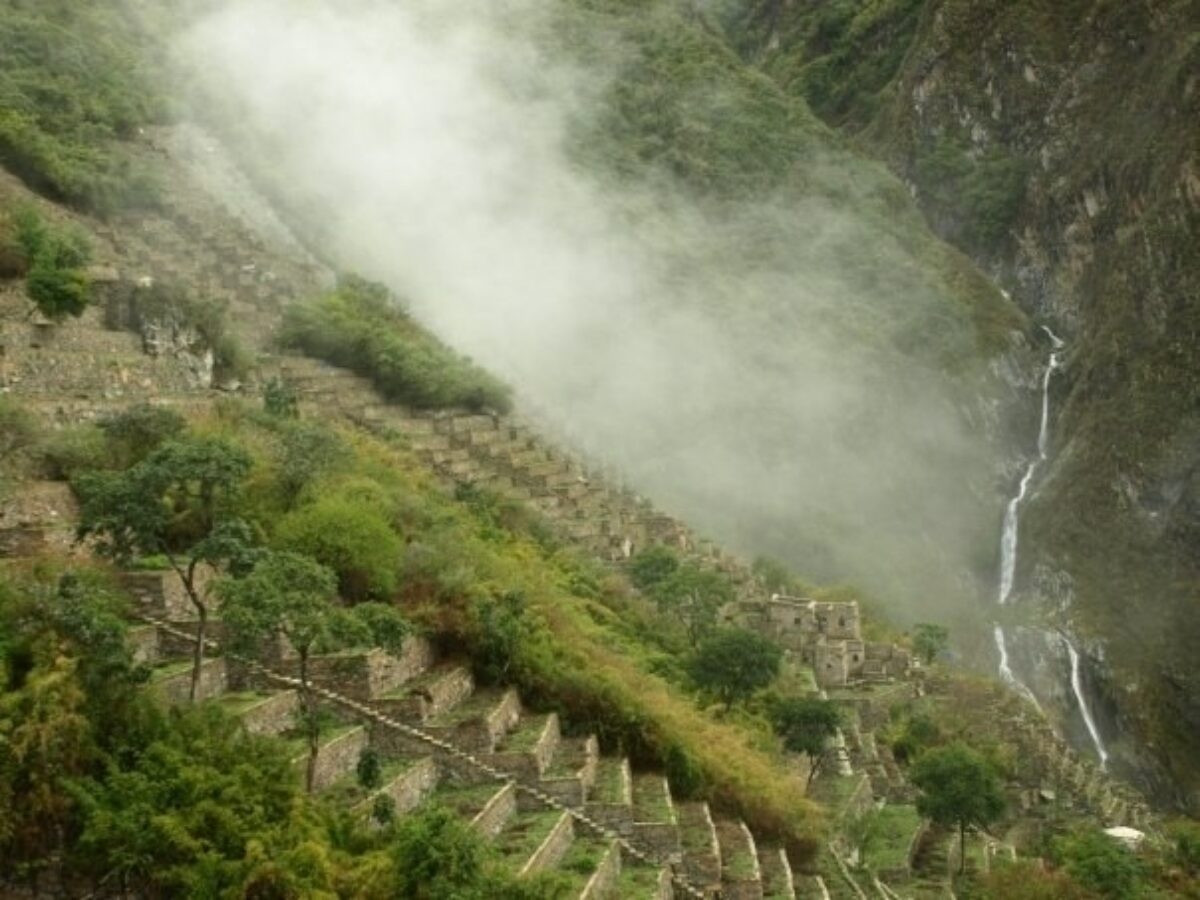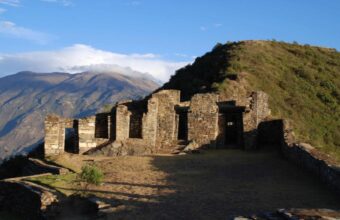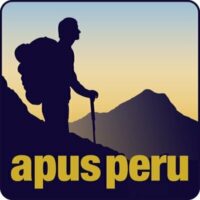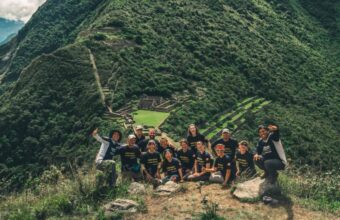Hiking to Choquequirao
Hiking the lesser-known "sister ruins"
Until recently, relatively unknown and vastly overshadowed by the “sister ruins” of Machu Picchu, the Choquequirao complex is a true hidden gem that receives just a handful of visitors each year.
This splendid isolation is down to the ruins’ absolute lack of access: no luxury train and bus connections here, just a gruelling three-to-four day trek over challenging, but hugely rewarding, terrain. The roundtrip distance is 64 kilometres, not counting how much you walk around the ruins themselves.
The Choquequirao Trek
Difficulty: Challenging
Distance: Approx 64km (40m)
Duration: Four to five days depending on pace
Max elevation: 3,300 metres
Accommodation: Cabins or camping
Start/end point: Capuliyoc

Familiar views – but without the crowds
What you’ll see
The Choquequirao trek is known for its stunning views, utter isolation and sudden changes to the surrounding climate and ecosystem. You’ll depart from the high Andean altiplano and gradually descend into the semitropical forest, winding your way through the steep Apurímac River Valley along the way. You’ll spot condors overhead, tarantulas scuttling below and, if you’re very lucky, a spectacled bear (of Paddington fame) which come out of the forest to drink at the river.
Although the ruins themselves are only partially excavated, numerous discoveries have been made. Choquequirao is famed for its uniquely llama decorated terraces, and impressive stonework reaching down steep valley walls. The site is much larger than Machu Picchu and takes at least a day to fully explore.
The cradle of gold
Although Choquequirao (“Cradle of Gold” in Quechua) is known as Machu Picchu’s “sister ruins,” the only partially excavated site is thought to be significantly larger, more complex and more historically significant than the better-known ruins. Choquequirao’s remoteness and difficulty of access mean that only a few thousand people visit each year–compared to Machu Picchu’s two million annual arrivals!
How long is the Choquequirao trek?
The most common route Choquequirao, from Capuliyoc is 64km, roundtrip. The route begins at Capuliyoc, near the small village of San Pedro de Cachora. From the trailhead you can see Choquequirao on the opposite canyon rim. The first day includes transportation from Cusco to Capuliyoc and then a hike down into the canyon.
Most groups stay the first night in cabins at Chiquiska on the near side of the river, though some cross the bridge over the Apurímac on the first day and hike up to camp at Santa Rosa. The only place in the canyon that does not yet have cabins is Santa Rosa, so you must bring your own tents if you want to stay there.
The second day is a gruelling climb up to Marampata which is the closest you can stay to the archeological site. A dozen families have built cabins in Marampata and all cook meals for their guests and provide picnic lunches for visiting the ruins. Day three is devoted to exploring Choquequirao, and you’ll need at least one full day to see the areas that have been uncovered so far.
The fourth day, some agencies have you hike from Marampata down to the Apurímac River and up to Capuliyoc on the same day. Others include one more night in a cabin at Chiquiska so you don’t have to repeat the first two days of the trek all together in one day. Most tours include a connection to either Cusco or Aguas Calientes for a visit to Machu Picchu.
How difficult is the Choquequirao trek?
Choquequirao is generally considered to be a challenging trek. Mules and horses are allowed on the trail which makes carrying your equipment easier, but also causes loose stones on the trail that can make hiking more difficult. There are several long, steep descents and climbs that even the fittest trekkers will find demanding. The trail is steep enough that descending on a horse is discouraged. If you rent a horse, expect it to spare you the uphill climbs but that you will hike down on your own. Hiking poles are highly recommended.
Camping on the Choquequirao trek
Families in Chiquiska and Marampata spent the pandemic shutdown in 2020 building new cabins. These are rustic adobe cabins, but very warm and comfortable. Many families also expanded their dining areas and invested in planting more fruits and vegetables to serve hearty and healthy meals to travellers. As previously noted, Santa Rosa does not have cabins and you must bring your own tent if you want to stay there.
How to book
It’s possible to hike the Choquequirao trek solo; be sure to arrive with an adequate map and season-appropriate gear. You can hire a local (but not always official) guide in Marampata to visit the ruins.
The route is served by most trekking operators, which will include all transfers, equipment, food, guide and horses.
Permits are not required but there is a fee to enter Choquequirao which will usually be included in the trip price. If you are hiking solo, you will pay the fee at the trailhead at Capuliyoc.
Key considerations
For some fascinating background reading on this region, try The White Rock by Hugh Thomson, the thrilling story of the area’s discovery and exploration.
Like the other Inca Trail alternative treks, this isn’t technically a Machu Picchu trek, as you’ll need to take a connection from the endpoint to Aguas Calientes. There is an option to combine Choquequirao with the Salkantay trek, making it 11 or 12 days and finishing in Santa Teresa, which is much closer to Machu Picchu.
Since 2011, there has been occasional talk of constructing a cable car to improve access to Choquequirao. As of 2023, building permits had not been approved.








